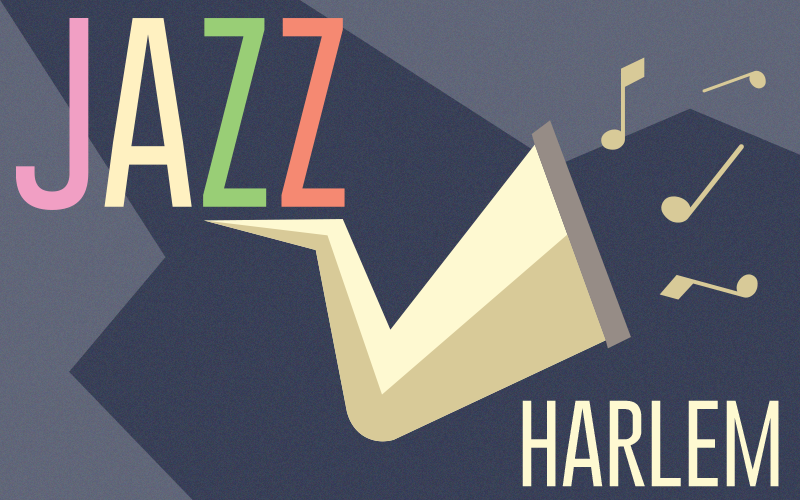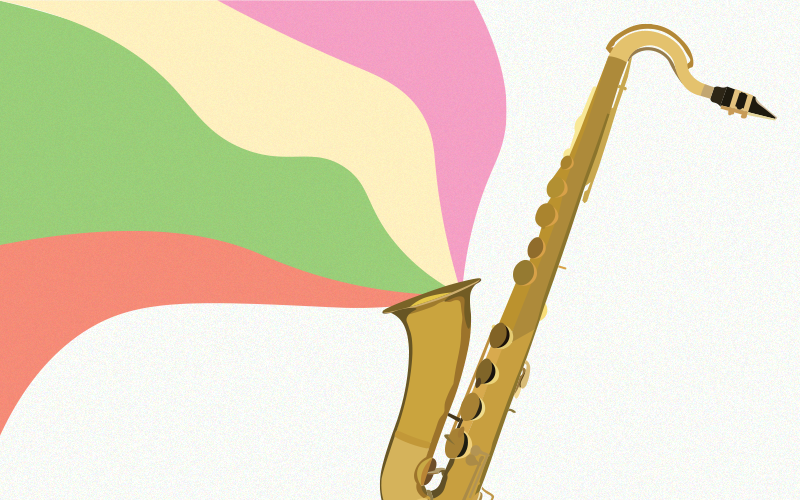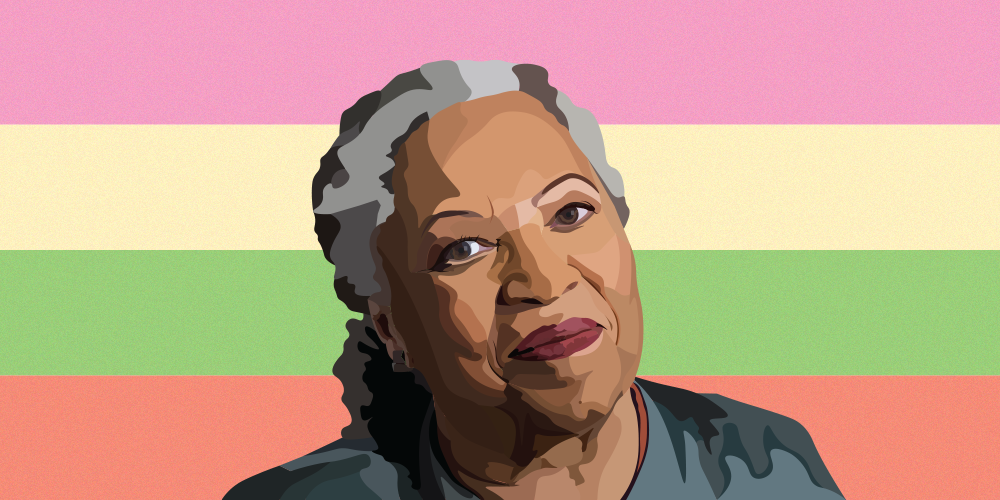When I first began writing seriously, with an eye for an audience, dangling toes into professional writing waters, I had a few, somewhat, silly ideas.
One was the notion that by writing nothing but record reviews, you might impact the world. The idea was one I had turned loose from remarks Greil Marcus made about the late rock critic Lester Bangs. I read a lot of Bangs because when you’re the age I was — 18, 19 — and precocious in your abilities and in love with the recherché sounds you found, that’s a natural go-to. Or was, anyway; maybe now you’d just poke around the internet, skimming a few puff piece lines, mining the anodyne voice. I was more of a searcher.
Bangs only wrote record reviews, and in an intro to an anthology of his writings, Marcus made a remark like it was a certain kind of irony that the best writer in America could only write record reviews. Seemed good enough for me, at the time, which, of course, was the dead wrong way to go, and one I outgrew within a couple of years.
Another idea I had was that the style of your prose, when you were writing about a kind of music, ought to take on the qualities of that music. A novel approach, a marriage of form and function. Writings on punk ought to be attitudinal and bracing, prog-rock critiques evinced in gelid intellectualisms, rockabilly with hep cat slang. Again, my bad, as they say, and kind of dumb. I jettisoned this as well, mercifully and sanely, but the passing of Toni Morrison reminded me of an example of someone doing this well, doing it at the level of art, in fact, and a novel that helped me realize I loved jazz before I listened to much jazz.
I read Morrison’s 1992 novel Jazz before I was into the idiom itself; before I realized that her prose was the perfect complement to the music, but by the time that I got to the music, I understood straight away how successful her word-based rhythms had been in providing a prose descant for what players like Louis Armstrong, Bix Beiderbecke, and Kid Ory trilled, stomped, euphonically brokered. I had read a couple of Morrison’s other novels, not thinking too much of them, perhaps in part because they were what you were assigned over the summer in high school honors programs. They felt like that kind of book to me. “Oh, this is going to be good for me, very well, let’s knock it back.”
Jazz didn’t have that clinical feel; it had an earthy feel, a pungency, and it had lilt. It was one of the first times I read a book where the language became like music in my brain as I went along. I found that I tapped my foot to the sentences, which was odd. I normally only did that with Beatles and Animals cuts, listening on my Walkman, but there I was, reading in backseats as my parents drove, bopping my head along, only conscious of my body swaying when I looked up to see someone like my sister staring at me as if I was doing something unusual — a scaled-down, backseat version of dancing. This felt less like reading, more like pressing play on the stereo. It also felt like filling up a future dance card; it wasn’t necessarily the time in life for me to explore the world of the Hot Fives and Hot Sevens and chase my own teen blues away with some of Bessie Smith’s brand, but I knew that the moment would come, and jazz would be a part of my future. Until then, I hung with Toni Morrison.
With Jazz, we are, appropriately enough in Harlem in the 1920s, when this music, so ascendantly popular, also loomed as towering Modernism. You danced to it, you took pride in it that your culture helped birth it. Morrison is sharp — she wades back into the antebellum American South, for backstory threads that will be interwoven through the plot with the same felicity of strands of spirituals and field hollers rising out of the horns of the first wave of jazz giants. Her jazz is now, in part because it was so potently then. It proceeds with an awareness of what was — societally, musically — but never a prevailing harkening back to; jazz, as Cecil Taylor knew, advances. And Morrison knew it, too.

The story centers on the relationship between Joe and Violet — aka Violent, because of her temper — Trace. Joe sells cosmetics door to door, and with what must have been a hazard of the job, his wandering eye fixates on a young woman named Dorcas, for whom things will not end well; twice, you might say, given that Joe guns her down, and Violet, as if embodying a tall tale embedded in a New Orleans blues rag, carves up her corpse with a knife at the funeral. You wonder that Charlie Patton didn’t sing a two-parter along these lines.
Plot-wise, it’s suggestive of Faulkner, but from the Northern viewpoint, with pared language and a scaling back of rococo embellishments. Morrison doesn’t do mandarin; she does music. The style itself becomes a character, which is why I was thrilled to something I immediately recognized as standing apart from everything else, yet possessing none of that gewgaw quality of a gimmick.
Characters, you might say, “solo.” They wait for their turn to talk, and when they do, the smarter characters express themselves all the better insofar as how well they listened to what someone else just put forward. That’s what jazz is, at the highest level, and that’s why bands that feature top-tier soloists who merely trade Hendrixian — or Parkerian, we should say, in this context — gusts of one-person invention leave us cold enough to wish to seek out a rock on which to sit and get warm. Let’s look at a passage — listen to a passage — with the ears of a jazz musician.
And the City, in its own way, gets down for you, cooperates, smoothing its sidewalks, correcting its curbstones, offering you melons and green apples on the corner. Racks of yellow head scarves; strings of Egyptian beads. Kansas fried chicken and something with raisins calls attention to an open window where the aroma seems to lurk. And if that’s not enough, doors to speakeasies stand ajar, and in that cool dark place a clarinet coughs and clears its throat waiting for the woman to decide on the key.
Rhythm is built in the repletion of gerunds, after the opening, “And”, serves as the first burst of a note. Note the absence of commas, but not the absence of natural pauses. When a jazz musician solos, we get the same effect. A horn man withholds breath, letting the sustain of the most recent note linger. The pause is natural, just as we naturally pause when we read in a flow of words like the above. We supply the implied commas, and that’s how the horn man expects us to hear his solo, as he himself also listens along.
But what of the fully integrated band? Our human-comprised enclaves in our lives are our fully integrated bands. Not everyone gets along or needs to, but they belong to the same unit, a unit that necessarily must function over a period of time, going along to get along. That’s life, that’s jazz, that’s Jazz. Golden Gray, a man hailing from the nineteenth century, fully present in the twentieth, is a sort of bandleader of Morrison’s novel. He’s Duke Ellington in late career, road-tested to the max, seen and heard it all, but cognizant that such a summation is more trope-generated than reality-sourced; there is always the next new thing to see and hear, a chord combo that might as well crack open the universe and redefine modes of cognition themselves.
Consider Morrison’s full-band approach to prose:
Daylight slants like a razor cutting the buildings in half. In the top half I see looking faces and it’s not easy to tell which are people, which the work of stonemasons. Below is shadow where any blasé thing takes place: clarinets and lovemaking, fists and the voices of sorrowful women. A city like this one makes me dream tall and feel in on things. Hep. It’s the bright steel rocking above the shade below that does it. When I look over strips of green grass lining the river, at church steeples and into the cream-and-copper halls of apartment buildings, I’m strong.
This is a powerful rhythm section. There are no wishy-washy, middle-ground openings to the sentences, which function as rhythmic lines, as portions of a riff. They slam into the reader, slam into the listener, if we read them aloud, like a hard bop rhythm section of drums and bass. This is how Art Blakey would sound, perhaps, if he could have converted his early 1960s Blue Note bands to prose.

Jelly Roll Morton hadn’t made his Library of Congress recordings for Alan Lomax at the time this novel was set — those would come primarily in 1938 — but I think Morrison must have absorbed their spirit and tonally retrofitted them for her book. Morton tells his tales, and he pushes; by that I mean, he sees what he can get over, have it more or less accepted, and then with the next tale, he pushes a little more, adding to his lore acreage. The summary effect is that he ends up owning a lot of perverse real estate in your brain, but he built it up sequentially, with measured pace, which fosters plausibility.
That’s how Jazz works. Call it the Jelly Roll approach to storytelling. Note the internal rhythms of the lines: “A son ain’t what a woman say. A son is what a man do.” “Say make me, remake me. You are free to do it and I am free to let you . . . ” “Don’t ever think I fell for you, or fell over you. I didn’t fall in love, I rose in it.”
Jazz lines are lines of interlocking internal vowels; note how when a line concludes, the one that will follow builds from what we might think of as the root tone of the phrase just ended. This borders on scat singing:
“All she saw, down in the cellar well beneath the stoop, was a light yellow feather with a tip of green. And she had never named him. Had called him “my parrot” all these years. “My parrot.” “Love you. “Love you.”Did the dogs get him? Or did he get the message – that she said, “My parrot” and he said, “Love you,” and she had never said it back or even taken the trouble to name him – and manage somehow to fly away on wings that had not soared for six years.”
Otherwise, we have disjointed ostensible randomness, which is really just formless extemporization; honking rather than thinking, flowing, composing in real-time. I can’t just start talking about oranges in the next paragraph here. The writer has to interlock, and so to does the jazz musician, and to be a jazz musician is to compose in perpetuity, or any time you are fashioning sound from your instrument outside of the context of an ensemble refrain or group part.
The very cadences of Morrison’s prose function as stylistic rhythmic representatives of most of the forms of the music discussed in a work like Gunther Schuler’s Early Jazz: Its Roots and Musical Development. She incorporates the circular chordal progressions of ragtime, the dive hotel bar thunder of barrelhouse piano, the filigreed finesse of New Orleans funeral music.
This music, in its totality, and in its prose totality, is as much a character as Joe Trace, Violet Trace, and Dorcas are in their triad-based totality, three people sounding in tandem with each other, like a human chord, which, of course, is what they are. This is the life music, which is why I think anyone who gets hooked on jazz gets hooked on it for life, with neither a way out nor a wish for one. And so goes the tune — tunes — of Morrison’s complete and essential departure of a novel, the rarest of prose works: one that provides a soundtrack to the music itself. •




